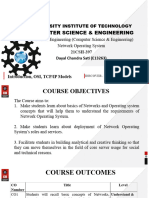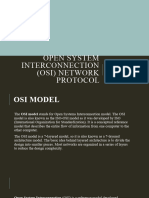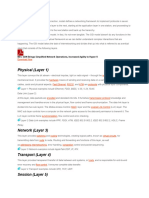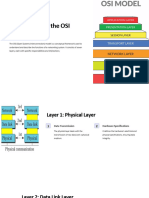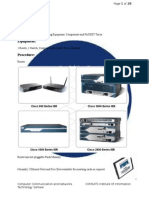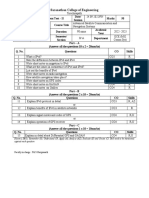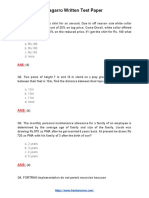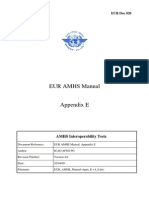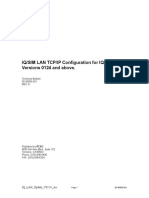0% found this document useful (0 votes)
183 views18 pagesOSI Model Layers, Characteristics, Functions Javatpoint 1
The OSI Model, developed by the ISO in 1984, is a seven-layer framework that outlines how data is transmitted between applications across a network. Each layer has specific functions, ranging from the Physical Layer, which handles the transmission of raw bits, to the Application Layer, which provides network services to end-users. The model facilitates interoperability and communication between different systems by defining clear roles and responsibilities for each layer.
Uploaded by
seevaranjinee.sCopyright
© © All Rights Reserved
We take content rights seriously. If you suspect this is your content, claim it here.
Available Formats
Download as PDF, TXT or read online on Scribd
0% found this document useful (0 votes)
183 views18 pagesOSI Model Layers, Characteristics, Functions Javatpoint 1
The OSI Model, developed by the ISO in 1984, is a seven-layer framework that outlines how data is transmitted between applications across a network. Each layer has specific functions, ranging from the Physical Layer, which handles the transmission of raw bits, to the Application Layer, which provides network services to end-users. The model facilitates interoperability and communication between different systems by defining clear roles and responsibilities for each layer.
Uploaded by
seevaranjinee.sCopyright
© © All Rights Reserved
We take content rights seriously. If you suspect this is your content, claim it here.
Available Formats
Download as PDF, TXT or read online on Scribd
/ 18



